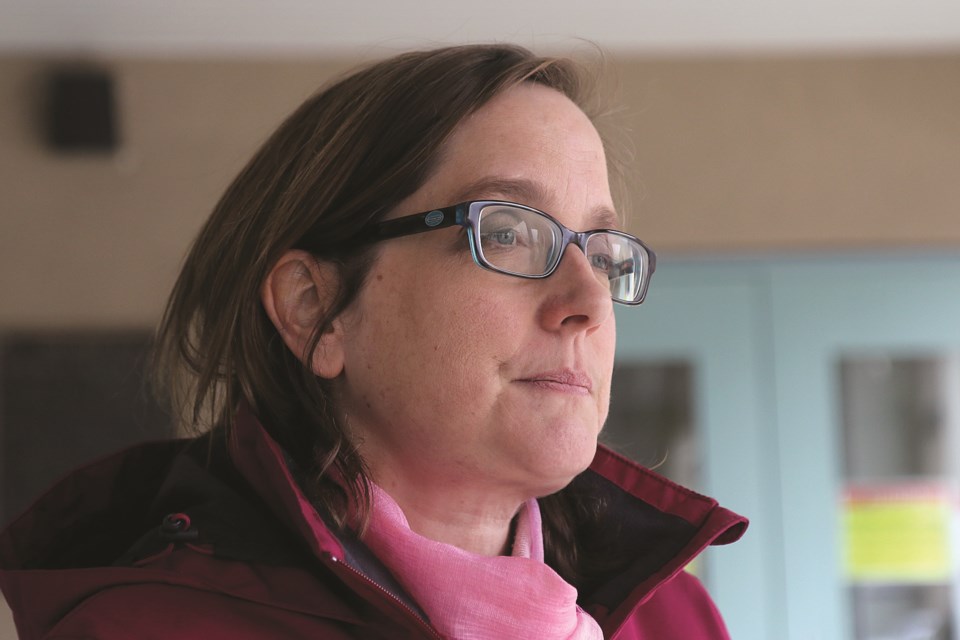THUNDER BAY – Dr. Janet DeMille is taking an optimistic view of the city’s response to the COVID-19 threat.
While the city has yet to reach its peak number of cases, and because of a lack of testing, a complete picture of how drastic it might be isn’t readily available, DeMille said she thinks Thunder Bay and surrounding communities have done a good job trying to prevent the virus from spreading.
On Friday, Prime Minister Justin Trudeau announced projections, with a best-case scenario of 11,000 deaths and a worst-case scenario of 300,000 deaths across Canada.
In Ontario, Premier Doug Ford said it’s expected that between 3,000 and 15,000 will die as a result of COVID-19, and he noted the number could have been 100,000 if measures weren’t quickly put in place to stem the virus’ spread.
“I’m cautiously optimistic were closer to the best-case scenario than the worst-case scenario,” DeMille said, noting there isn’t the manpower available to do localized projections.
“I think we benefit from our geographic location. We benefit that we’re a relatively small population that’s distributed across a wide area. I think we’ve benefited that some of the significant measures that were put in place, like the closing of schools or businesses were done early.”
DeMille estimated Thunder Bay is about two weeks behind Toronto, for example, in the arrival of COVID-19 to the community, but began putting safeguards in place at relatively the same time.
To date there have been 25 confirmed cases locally, two more being added to the list on Thursday.
“They were done based on Toronto time in many ways, but they applied here, and that may have given us a two-week advanced period where we’re going to benefit from that,” DeMille said, adding the virus has been largely contained in Northwestern Ontario.
However, that doesn’t mean it’s time to let one’s guard down. The worst is still yet to come, she said.
“I’d like to think we might reach a peak sometime in April, but it might be late in April. It might even be the beginning of May, and then we’ll start to see improvement. I feel we almost need to see other areas, especially in Ontario, start to reach their peak and start to improve, before we’ll improve.”
Increased testing, which is on its way, will also help paint a much clearer picture, DeMille said.
“So every time we get a case, we want to make sure that it’s not spreading past that. I think if we’re successful in doing that, if people keep co-operating and following all the guidance that we put out there, I think we could do OK,” she said.
“But at the same time, while I hope for the best, it might not turn out the way that I hope.”
